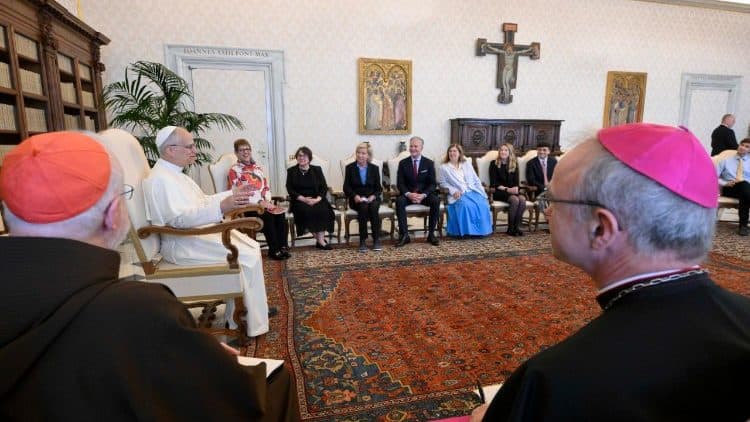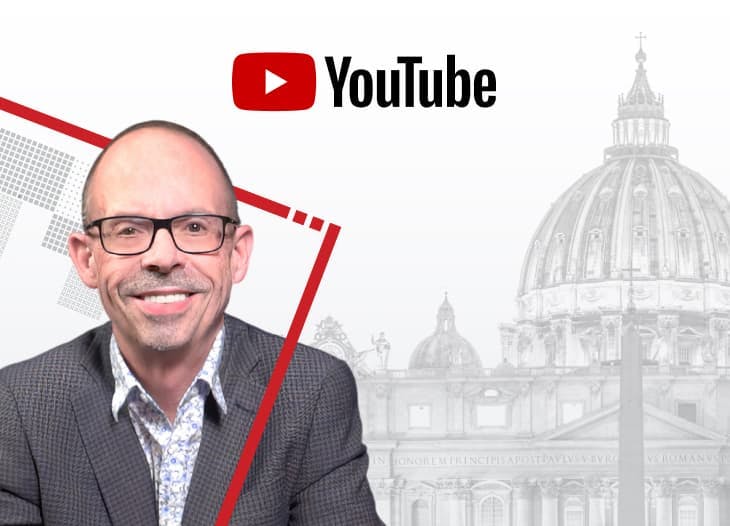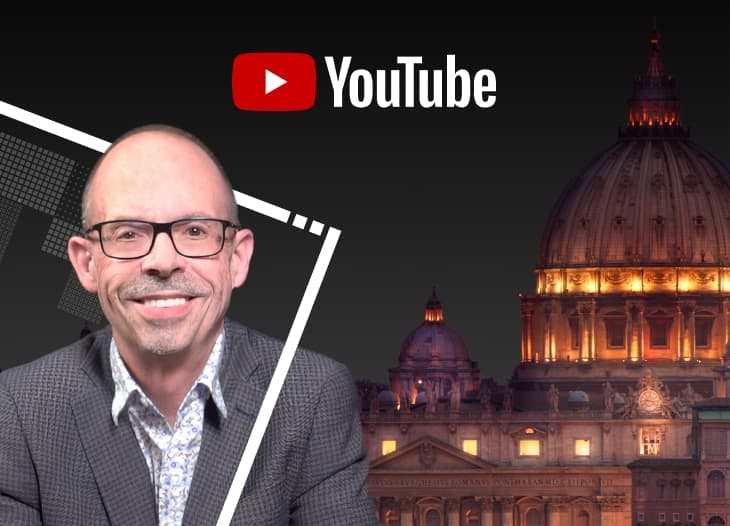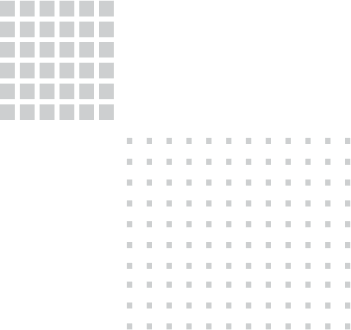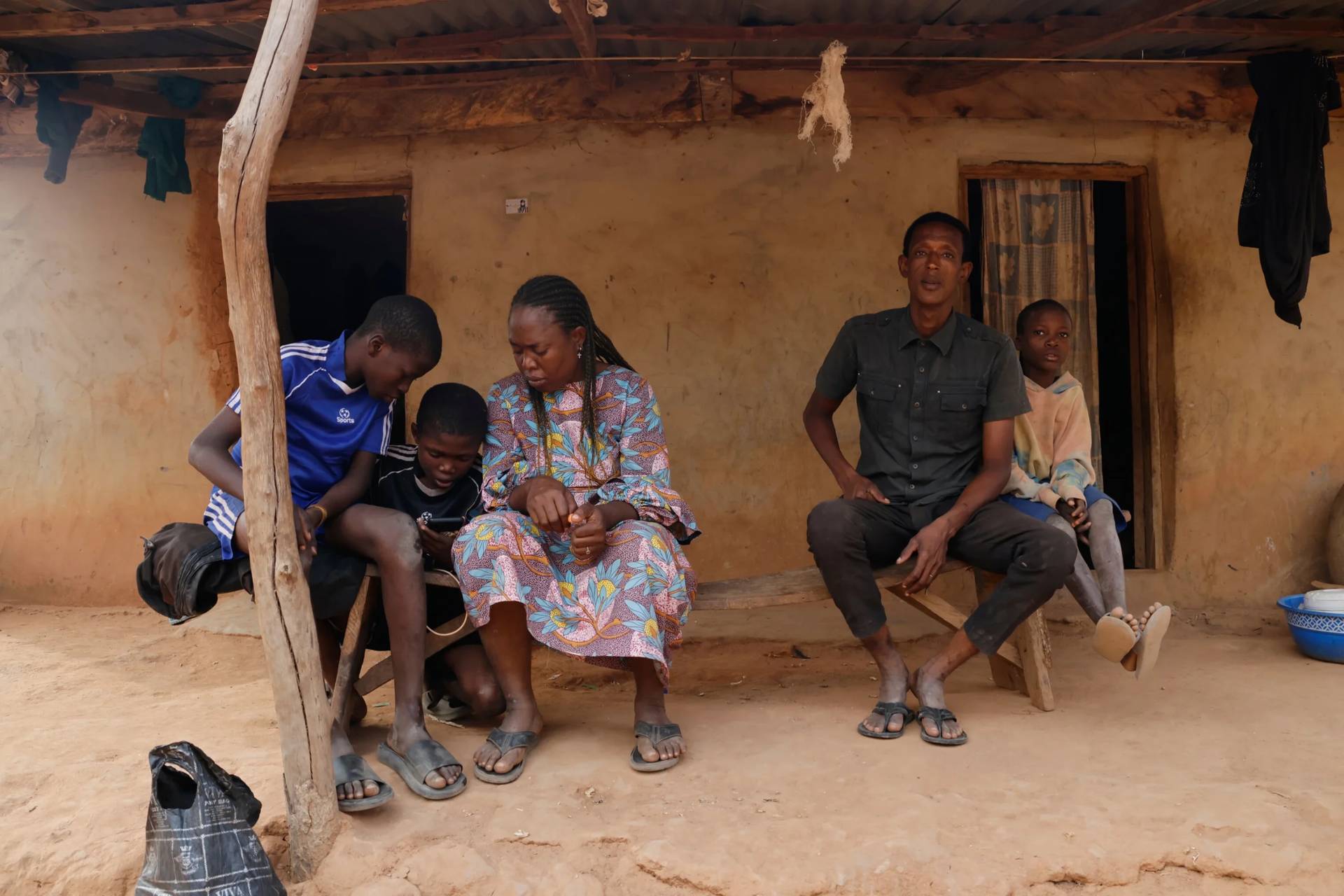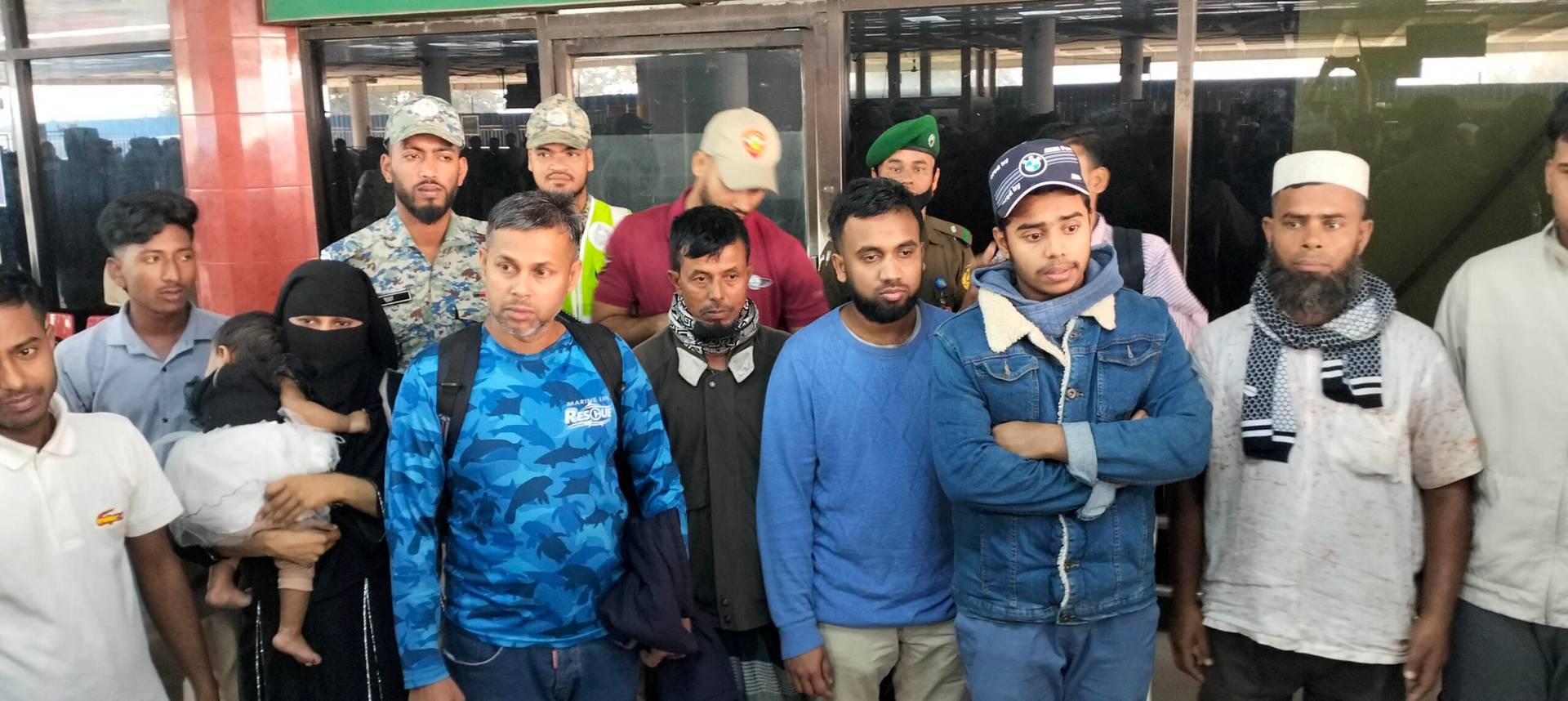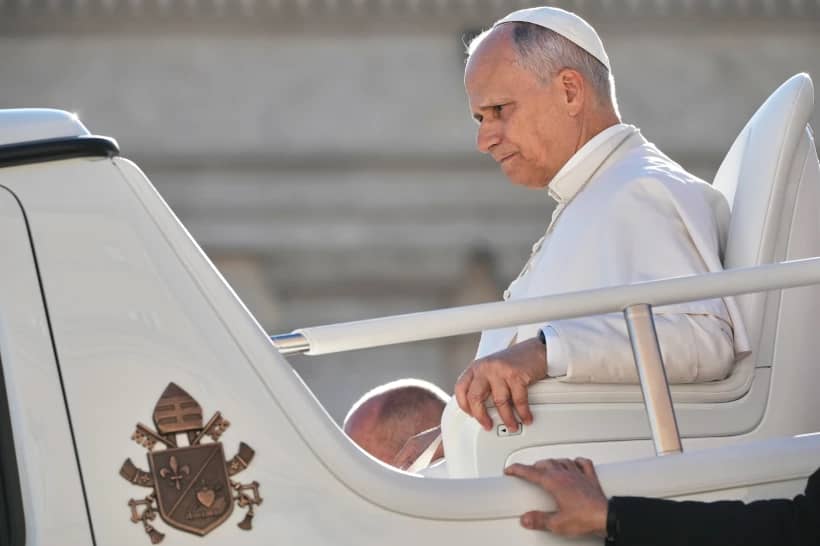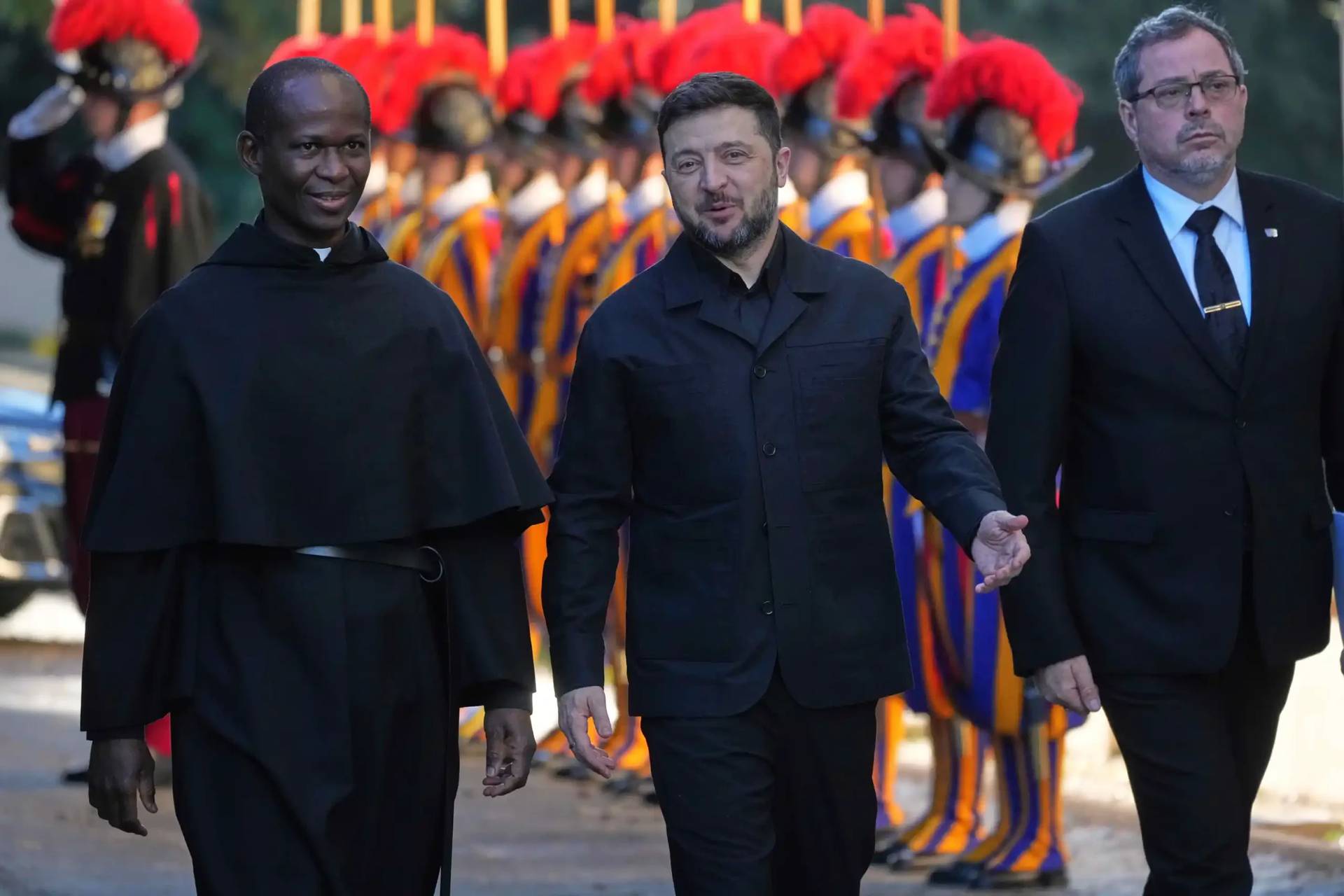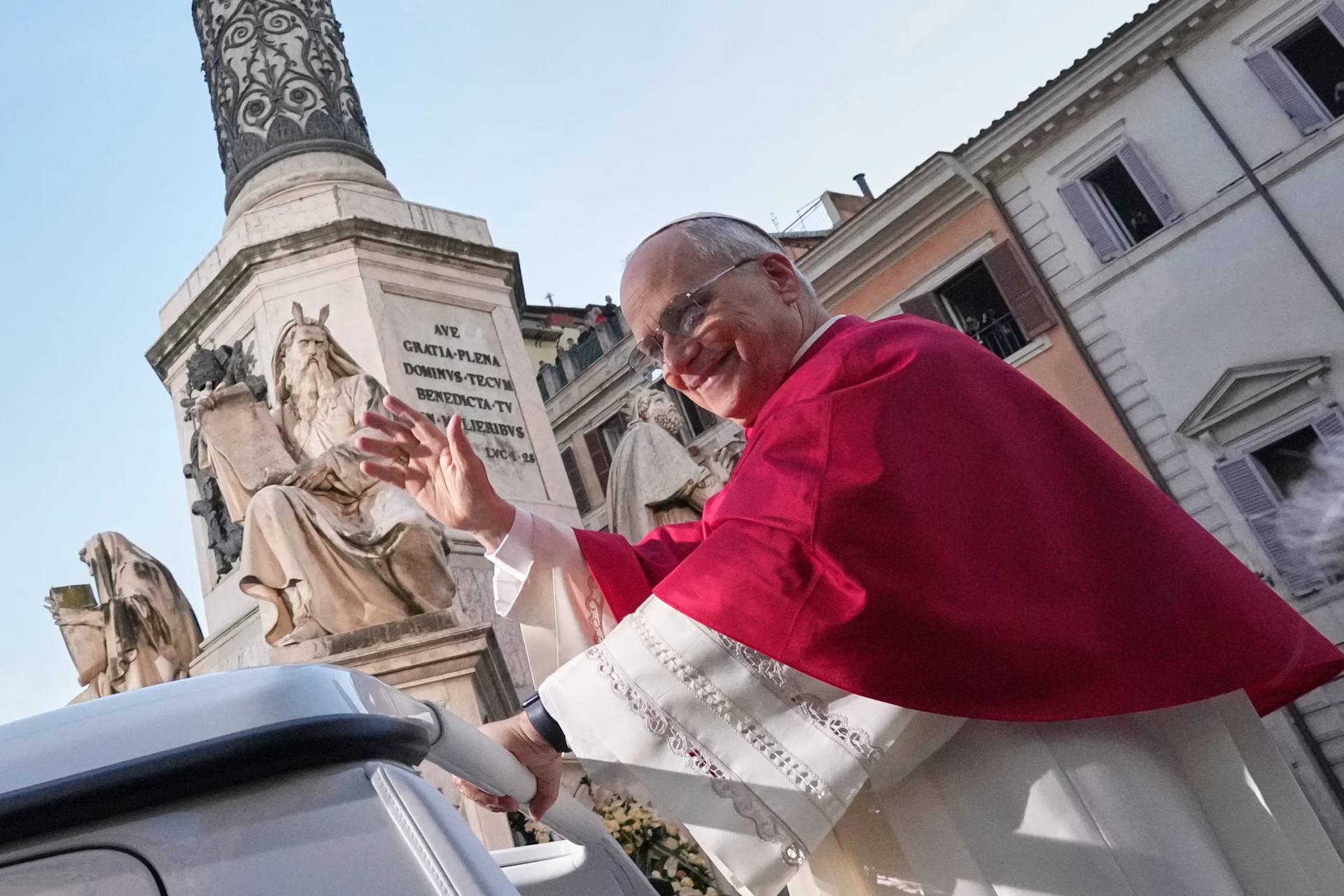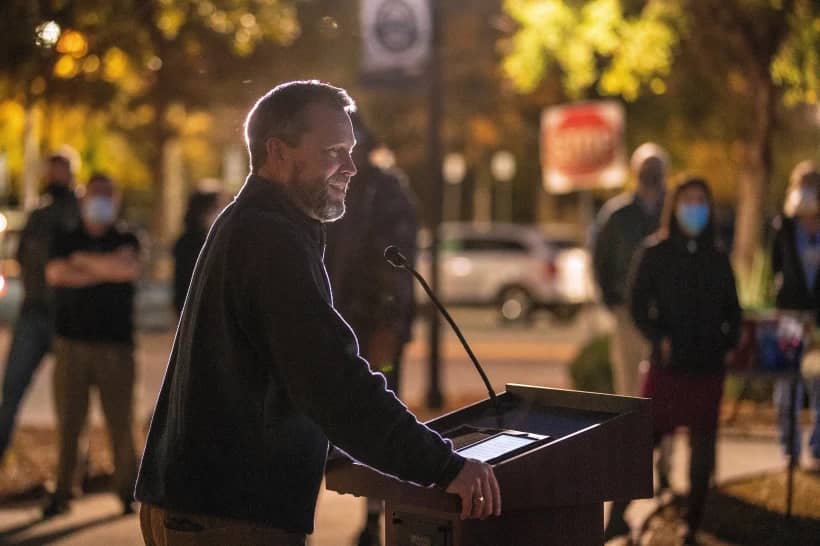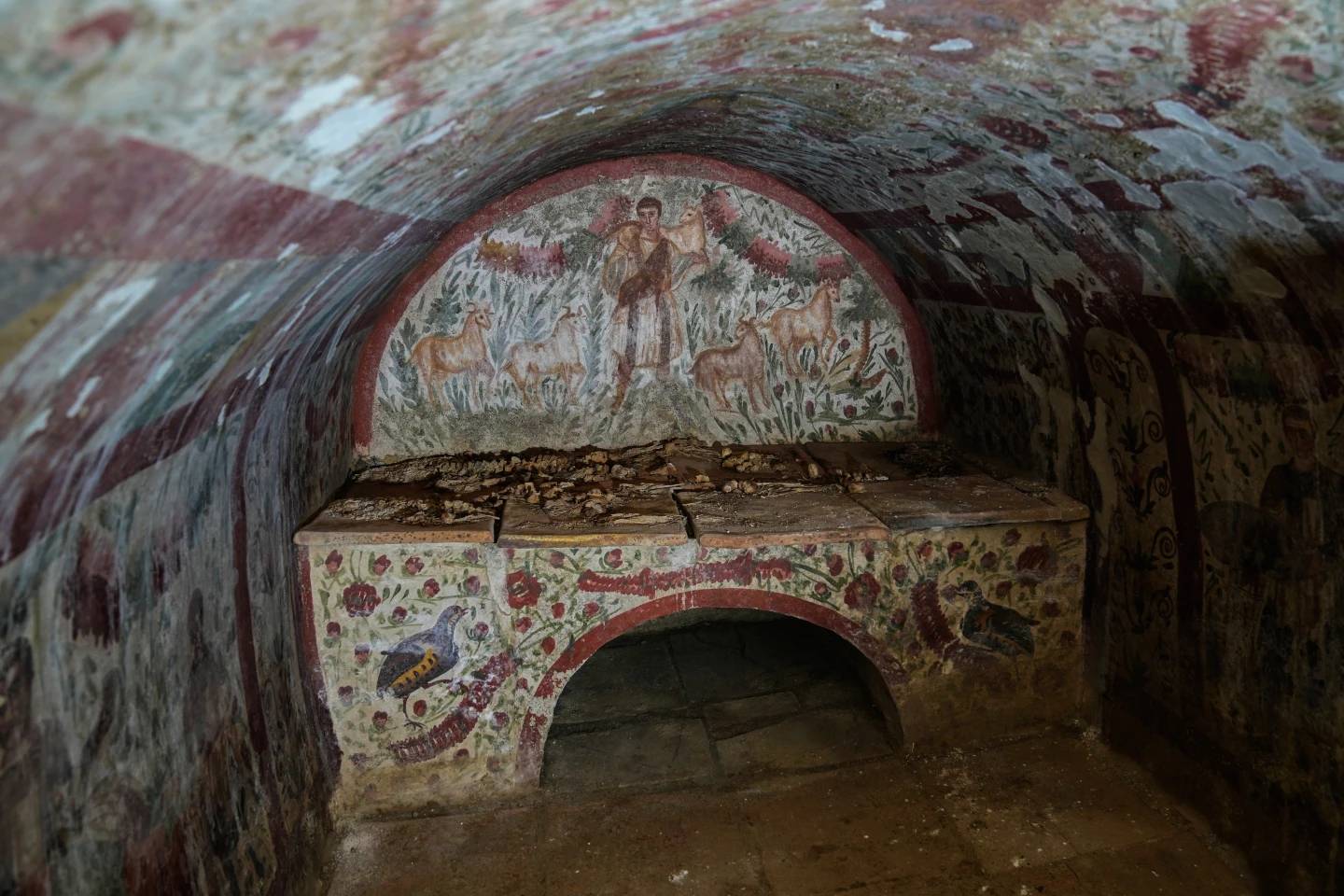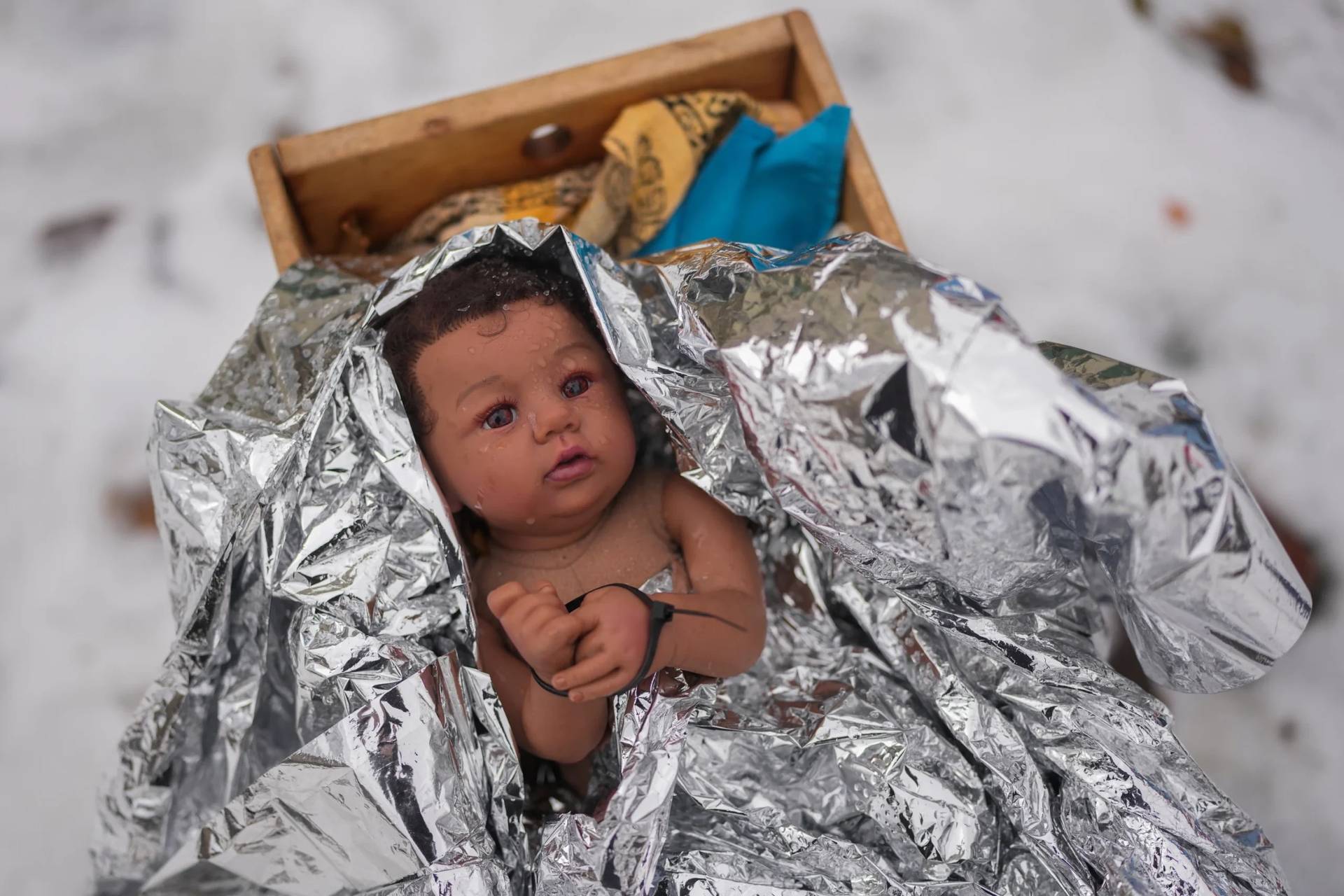ROME – Pope Leo XIV Thursday met with members of the Pontifical Commission for the Protection of Minors to get an update about their activities, while facing a clear litmus test on just how seriously he will take the abuse issue as pontiff.
The pope met the Pontifical Commission for the Protection of Minors, his first official appointment with the safeguarding body, June 5 for a meeting that lasted an hour and was an occasion for the commission to offer the pope an overview of their work and various initiatives.
Among these initiatives, according to a statement from the commission, were the Universal Guidelines Framework for Safeguarding that they are finalizing, as well as the Memorare Initiative aimed at supporting safeguarding efforts in the global south, and its 2024 global report on safeguarding.
The commission in its statement reiterated its “commitment to the unity and collegiality of all its members” and also voiced gratitude to the dicasteries of the Roman Curia “for their increasing collaboration.”
“In the meantime, we reaffirm our commitment to listening, walking with victims and survivors, and supporting every Church community in their efforts to safeguard all of God’s people with compassion,” they said.
Yet despite this commitment to accompanying and supporting survivors, the Church has faced ongoing strikes against its credibility on the abuse issue, up to and including during cardinal meetings preluding the conclave that elected Pope Leo XIV.
During the papal transition, between Pope Francis’s passing and Leo XIV’s election, a global spotlight was shed on the case of Peruvian Cardinal Juan Luis Cipriani Thorne, whose ministry was restricted by Pope Francis due to allegations that he had sexually abused a minor.
Cipriani, 81, was long one of the most prominent and influential prelates for the Catholic right in Peru and throughout Latin America, especially during his two decades as archbishop of Lima, where he served from 1999-2019.
Even in his retirement, he has remained a hero for ecclesial and political conservatives in Peru and beyond, holding close ties to this day with Lima Mayor Rafael Lopez Aliaga, who is also close to the now-suppressed Sodalitium Christianae Vitae (SCV), a conservative ecclesial group whose leadership and other top members have been accused of various abuses and financial crimes.
RELATED: Vatican confirms suppression of all branches of scandal-plagued Peru group
In January it was revealed publicly in Spanish newspaper El Pais that Cipriani had been accused of sexually abusing an adolescent boy and was sanctioned by Pope Francis in 2019, with restrictions on participation in a conclave and on donning cardinal attire.
An individual who chose to remain anonymous claimed that in 1983, between 16-17 years of age, he was sexually assaulted by Cipriani in the confessional and remained silent for years before finally deciding to make a complaint to the pope in 2018.
A previous complaint made against Cipriani to the Vatican in 2002 apparently came to nothing, while the 2018 complaint resulted in Cipriani’s prompt retirement in January 2019, shortly after reaching the mandatory retirement age of 75, and restrictions on his ministry.
These restrictions apparently barred him wearing his red cardinal robes and other symbols associated with the cardinalate, from returning to Peru without permission, and from participating in a future conclave.
However, Cipriani repeatedly disregarded those restrictions, traveling to Lima in January to receive a prestigious award from Lopez Aliaga, and issuing several public statements over the past three months denying the allegations against him, accusing Pope Francis of undue process, and demanding that the Peruvian bishops rectify statements confirming the restrictions on his ministry.
He has also disobeyed the order not to use his cardinal insignia and symbols, showing up to pay respects to Pope Francis April 24 while the pontiff was lying in state, and at an April 27 Vespers service for the pope in the Basilica of St. Mary Major, where Francis is buried, in his red cardinal robes.
Cipriani also is believed to have attended Pope Francis’s funeral, considered by many as an insult to the Argentinian pontiff who restricted his ministry, and he also participated in Pope Leo XIV’s May 9 Mass with cardinals in the Sistine Chapel the day after his election, and his May 18 inauguration Mass in St. Peter’s Square.
He was also seen coming in and out of the pre-conclave general congregation meetings, despite the restrictions placed on his ministry.
When asked for clarification about the restrictions and his ability to participate in the pre-conclave discussions, Vatican spokesman Matteo Bruni said the constitution governing conclave rules, Universi Dominici Gregis, made it clear that all cardinals without personal impediments such as illness were summoned to participate.
Despite a wave of backlash from victims and advocates, the Vatican and the College of Cardinals remained silent about Cipriani’s status, but issued a statement about the participation of another cardinal, Italian Angelo Becciu, who has been charged with and sentenced by a Vatican court for financial crimes.
Cipriani’s repeated participation in pre-conclave events and in liturgies for the beginning of Leo XIV’s pontificate have been a source of scandal for many observers and have been condemned by Cipriani’s accuser as revictimizing.
In the meantime, amid widespread public backlash individuals and media outlets with ties to Cipriani and to Lopez Aliaga have criticized the alleged victim and attempted to discredit them, with one media outlet leaking the person’s identity.
Repeated requests for the penal precept against Cipriani in the Dicastery for the Doctrine of the Faith (DDF) to be published have gone unanswered, and Cipriani’s current status after the measures taken by Pope Francis remains unclear.
The lack of clarity about his status, and the Vatican’s lack of action during the conclave on this case, remains an ongoing source of scandal for survivors and advocates, especially in Peru.
For Pope Leo, who spent some 30 years as a missionary in Peru before being brought to the Vatican, Cipriani is one clear case that stands as a litmus test for how the Church under his leadership will handle the issue of clerical abuse.
Follow Elise Ann Allen on X: @eliseannallen
